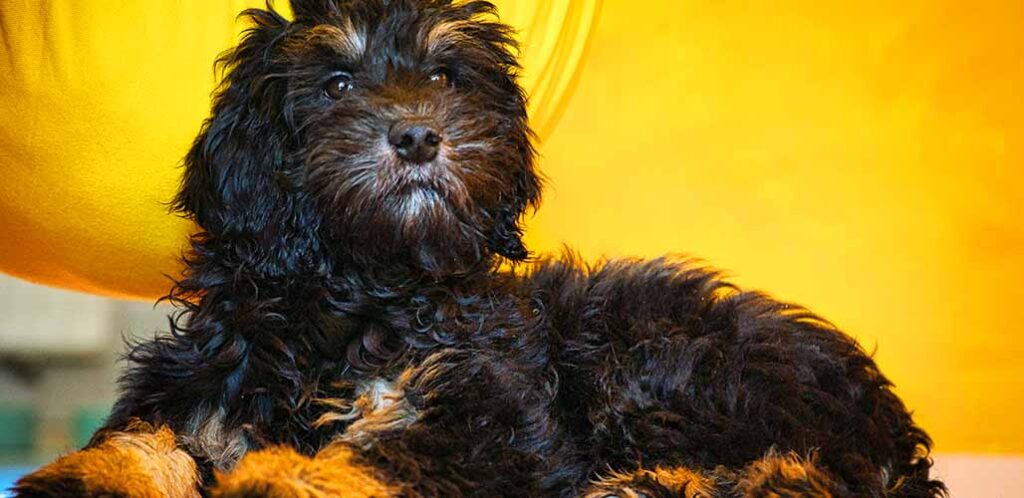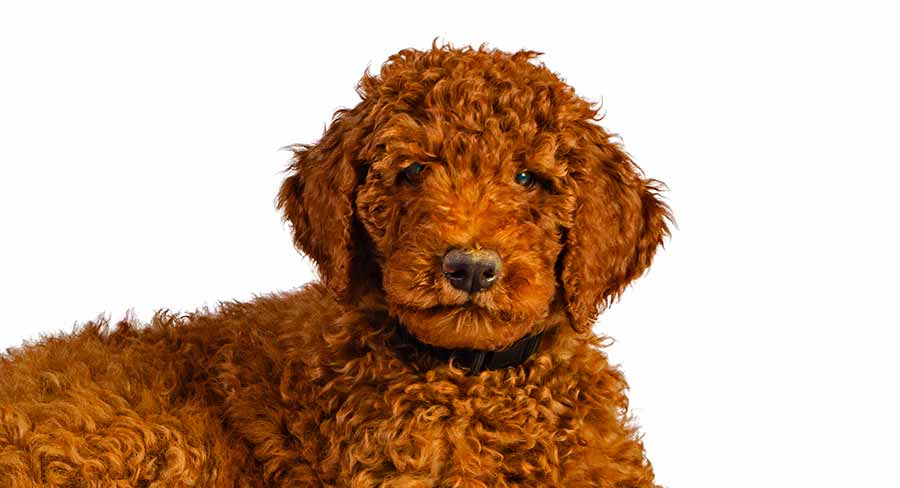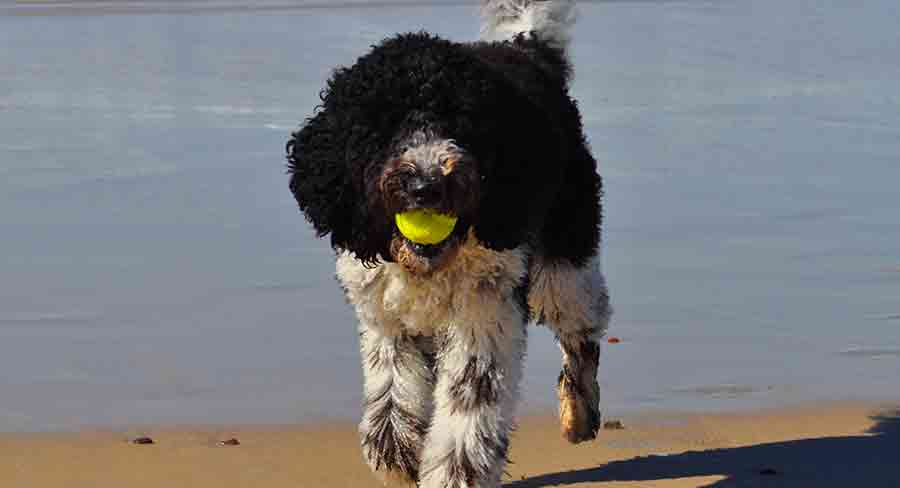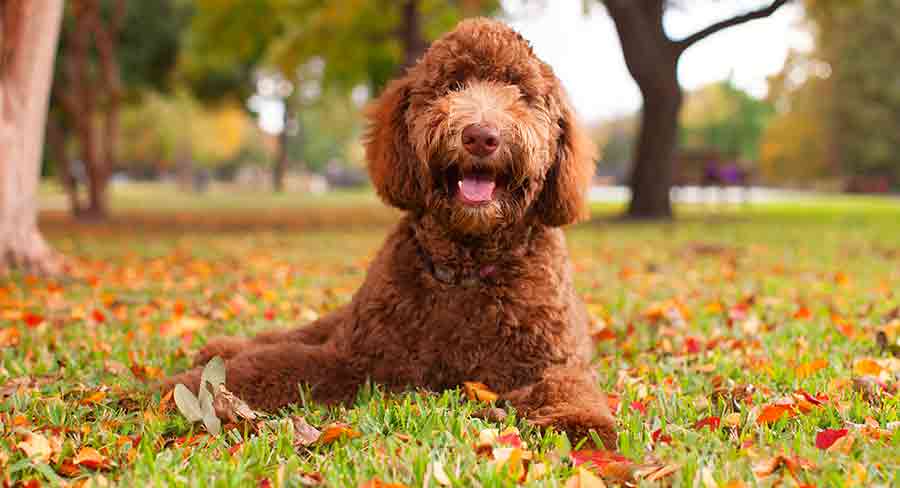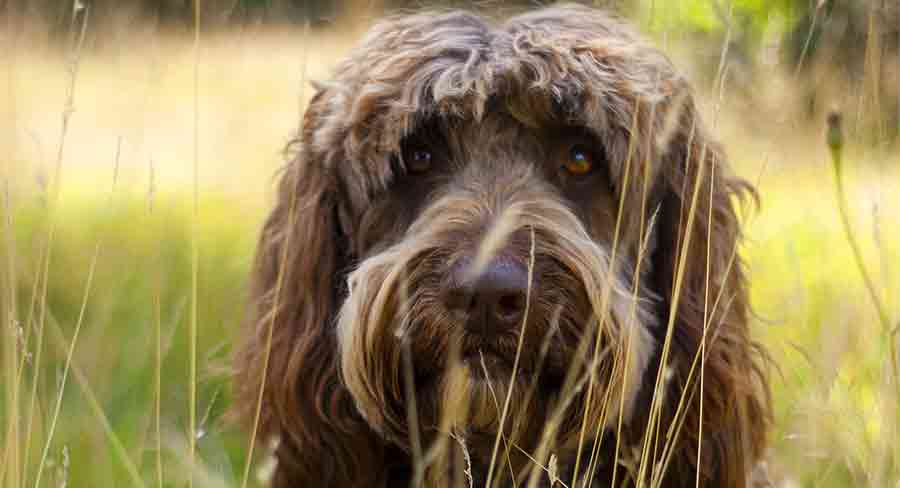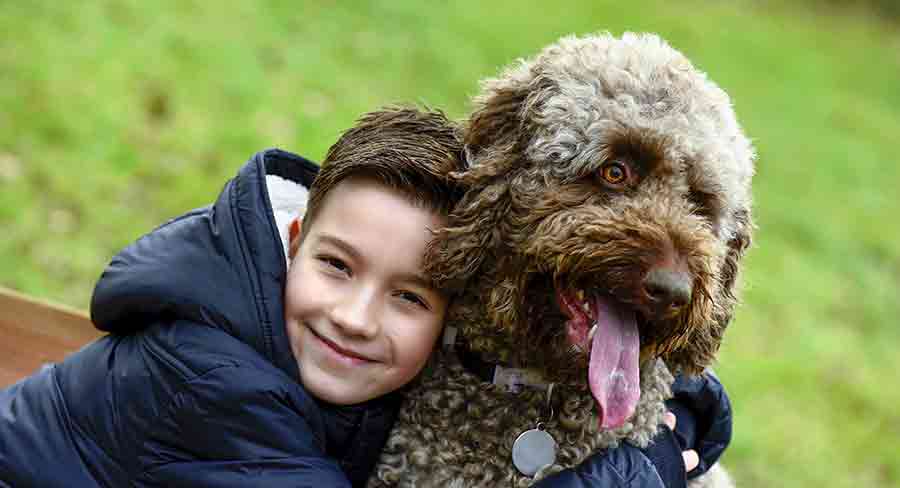Tri Colored Labradoodle
A tri colored Labradoodle with black, white and tan in their coat is exceptionally rare in first generation crosses. Traditional tri colored patterns are produced by a specific combination of recessive genes, which is highly unlikely to occur in any dog that’s half Labrador. However, a multigeneration Labradoodle may eventually inherit a tricolor coat, and …

